Seriously, skid marks in a space suit isn’t a good look.


He is geeky, he is smart, he is talented and what not! Talking about one of the leading tech agencies of the world would surely give you a clear picture of whom we are pointing to. It’s the none other than the great Elon Musk who has taken the world of science and technological advancements by storm. And now, we are just a step behind to get startled by his latest innovations of tech startup Neuralink that builds implants to connect human brains with computer interfaces via artificial intelligence.
I tried to warn them.-Elon Musk.
Elon Musk has warned humanity many times about the dangers of superhuman AI. He thinks the advent of digital superintelligence will bring about profound changes to human civilization. Elon Musk thinks the technological singularity could either be super beneficial or it could be terrible for our society. Elon said that no one knows for sure the impact superhuman AI will have on our world but that one thing is for certain: We will not be able to control it. He thinks artificial intelligence will be used as a weapon and warns that the lack of AI regulation could mean it’s already too late for humanity.
Elon Musk now has adopted a “fatalistic” attitude towards the AI control problem because he feels that nothing is being done to try to mitigate the negative effects of future AI systems.
The reasonable concern about a possible extinction level event from digital Superintelligence stems from the period of time in which Narrow AI achieves artificial general intelligence. Where presumably in this time frame we can do something to stack the odds in our favor.
Today, right now, with our seemingly endless desire for better, faster and cheaper technology, we are collectively contributing in building future AI systems. Whether we are aware of it or not. As Elon Musk put it: We are the biological bootloader for AI.
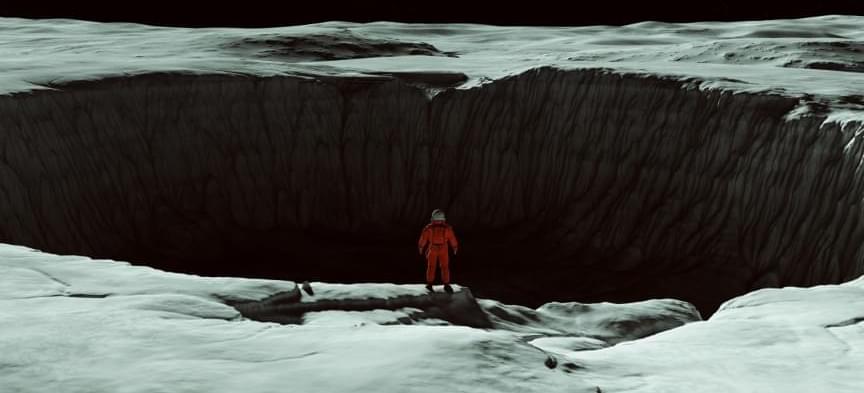
The firm is looking into how a micro-nuclear reactor could be used to propel rockets while in space at huge speeds and how that technology could then be redeployed to provide energy for drilling, processing, and storage for “Moon mining” and possibly “Mars mining.”
Dave Gordon, head of the company’s defense division, said this work is possible thanks to Jeff Bezos and Elon Musk and their respective space companies.
He added that’s Rolls-Royce is the only company on the planet that does mechanical, electrical, and nuclear and a full end-to-end lifecycle of nuclear capability. He also noted that the firm could use its experience in developing nuclear-powered submarines for the Royal Navy for 60 years to apply what it learned to spacecraft since submarines and spacecraft are somewhat similar.

Maybe try a 100 percent recycling rate for sewage and chemical extraction.
As if going to the bathroom in microgravity wasn’t complicated enough.
It sounds as though the four space tourists on SpaceX’s historic Inspiration4 flight last week had a bit of a smelly mishap. The Waste Management System experienced an “anomaly” — that’s code of “uh oh” in space jargon — with its suction fan causing the crew to struggle with doing their business while floating hundreds of miles above the surface.
Musk also promised a number of improvements for the next all-civilian space tourism flight. “Definitely upgraded toilets,” Musk responded to another Twitter account suggesting heated toilet seats. “We had some challenges with it this flight.”
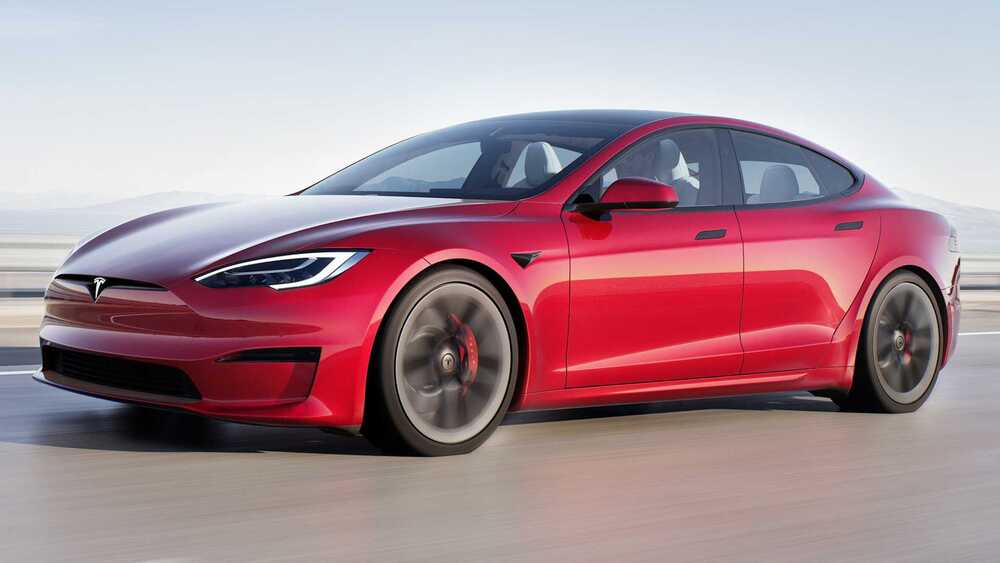
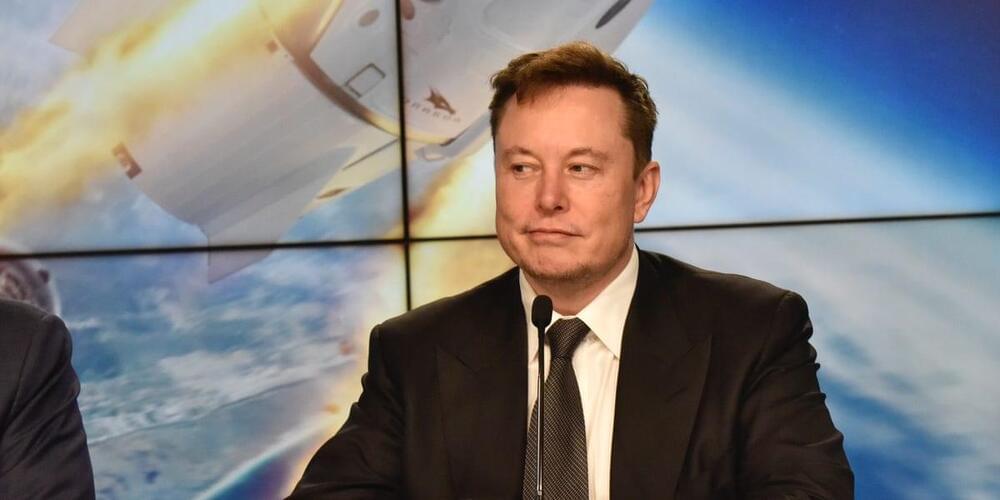

Internet on Mars!!
Elon Musk’s ‘Starlink’ is currently providing services in parts of the US and Canada and has plans to enter India by the end of 2021. Tech mogul Elon Musk, via his recent tweet, revealed that his satellite broadband company ‘Starlink’ will extend its services to Mars. Musk informed about this idea while replying to a user’s tweet last week, as per reports by The Science Times. Currently, the broadband internet provider is undergoing public beta testing in parts of the US and Canada.
Starlink will strengthen Starship’s communication Musk’s idea came to light when a user asked if Starlink will be deployed between Earth and Mars to strengthen communication for Starship is SpaceX’s ambitious project that is being touted as the vehicle that will ferry cargo and crew to the red planet and back in the coming years. In response to the user’s tweet, Musk amplified the excitement with one word, “yeah”.
Yeah
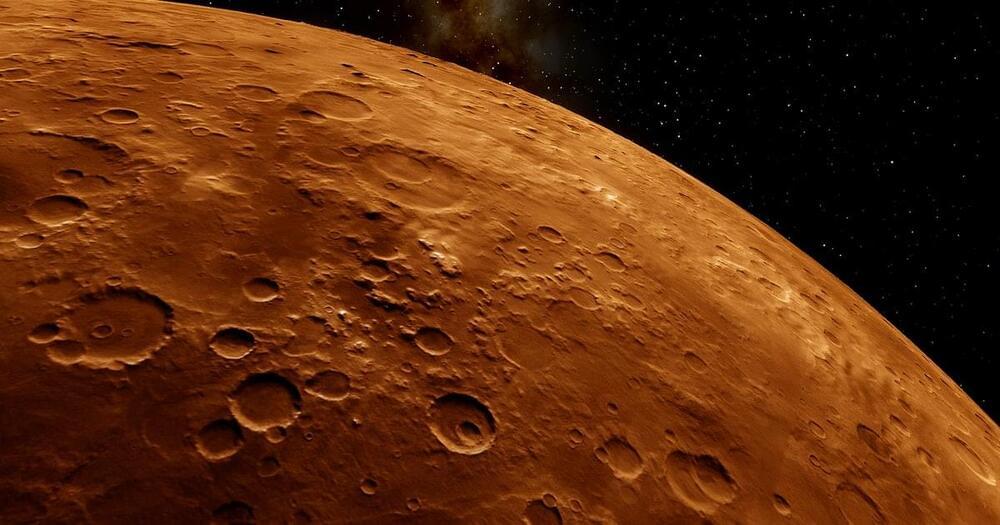
SpaceX CEO Elon Musk reiterated his support for terraforming Mars, as part of his long-term goal to make humanity into a multi-planetary species.
On Sunday, the day after SpaceX’s all-civilian mission to orbit returned to Earth, the CEO took to Twitter to suggest that he’s still got his sights set on the long-term goal of making Mars a more Earth-like world. In response to a post about Mars temperatures, which claimed the average surface temperature is around minus 63 degrees Celsius (minus 82 degrees Fahrenheit), Musk responded: “Needs a little warming up.”
The comments hint at Musk’s goal, stated multiple times over the years, that he would like to transform the planet’s atmosphere to make it more hospitable to human life. It forms part of his overall goal with SpaceX: reduce spaceflight costs, use it to establish permanent human presences elsewhere in space, and transform humanity into a multi-planetary species.
In the wake of the Inspiration4 mission, it’s a reminder that Musk wants to do more than send private citizens into space for orbital trips.
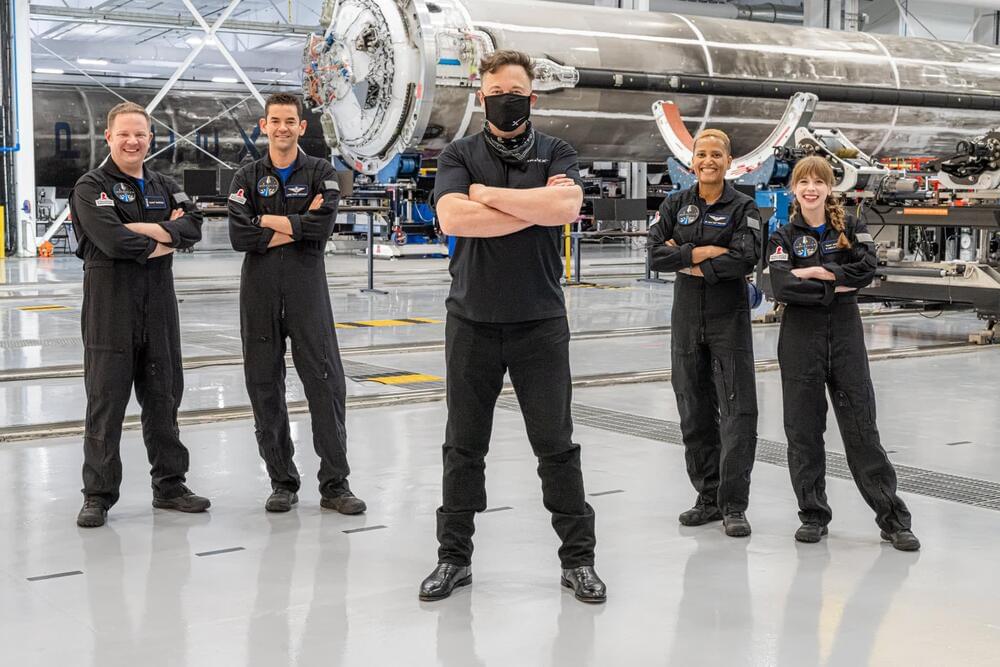
SpaceX CEO Elon Musk helped achieve the St. Jude Children’s Research Hospital fundraising goal of the Inspiration4 spaceflight, just hours after his company returned the crew from orbit.
The main goal of the Inspiration4 mission, which launched on Wednesday and splashed down on Saturday, was to raise $200 million for St. Jude.
Inspiration4 commander Jared Isaacman, a billionaire entrepreneur who purchased the flight from SpaceX, donated $100 million personally to St. Jude. The Inspiration4 mission had raised another $60.2 million in donations, before Musk pledged to contribute $50 million himself – pushing the campaign’s total raised to more than $210 million.